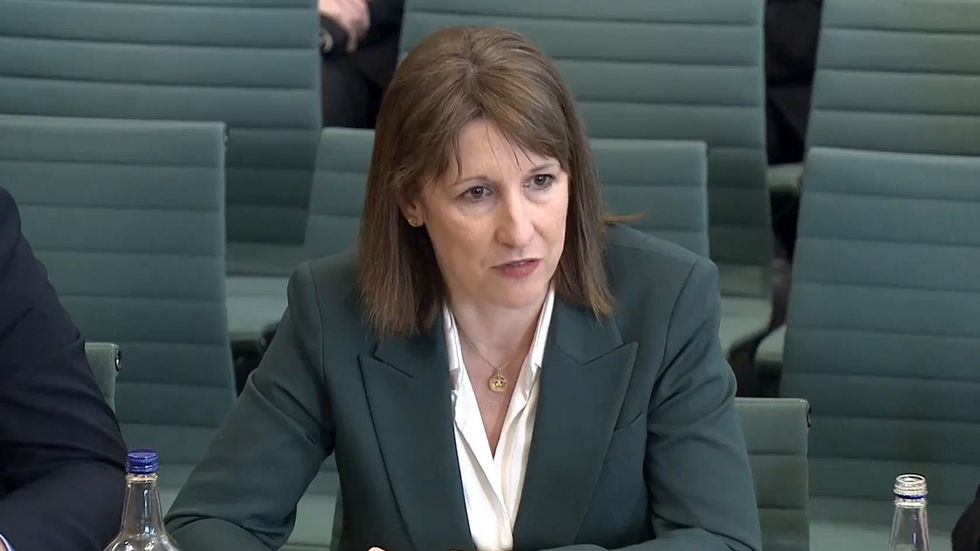'Absolutely bonkers!' Richard Tice blasts closure in Scunthorpe putting 2,000 jobs at risk
GBNEWS
The pace of wage rises has slowed and came in lower than expected, official figures show
Don't Miss
Most Read
Trending on GB News
Rachel Reeves is under fresh pressure as new figures reveal a stagnant labour market, with slowing wage growth and no improvement in the UK’s unemployment rate.
The figures suggest the jobs market is stagnating as the UK faces weak growth and global uncertainty.
UK unemployment held steady at 4.4 per cent in the three months to February, while wage growth showed signs of slowing, according to new data from the Office for National Statistics (ONS).
Average weekly earnings rose by 5.6 per cent — the same pace as the previous period and slightly below the 5.8 per cent growth economists had forecast.
After accounting for inflation, regular pay increased by just 2.8 per cent, showing earnings are still rising in real terms but at a slower pace.
The figures highlight growing concerns over the health of the UK labour market and the strength of the wider economic recovery.

ChancRachel Reeves faces jobs pressure as unemployment remains stagnant
Parliament TVRegular pay rising by 5.6 per cent marks a notable slowdown from the peak of 7.9 per cent recorded in mid-2023, when tight labour market conditions and high inflation drove record nominal wage increases.
The latest figure also fell short of the 5.8 per cent forecast suggesting that while earnings are still rising, the pace of growth is continuing to cool.
Despite signs of a slowdown, the ONS described wage growth as "strong."
The figures may support the Bank of England, which has been closely monitoring pay rises due to their potential to fuel inflation.
A rate cut is widely expected at next month’s Monetary Policy Committee meeting, with forecasts pointing to a reduction to 4.25 per cent.

The number of UK job vacancies fell by 22,000, pushing total vacancies below pre-pandemic levels
GBNEWSThe Bank of England is tasked with keeping inflation at twp per cent — adjusting interest rates to manage borrowing costs and economic growth.
The number of UK job vacancies fell by 22,000, pushing total vacancies below pre-pandemic levels. At the same time, the number of payrolled employees dropped by 78,000 in March, signalling a clear slowdown in employment growth.
The official data shows employment rose by 206,000 in the three months to February, with the unemployment rate holding steady.
However, due to ongoing concerns about the reliability of the data, economists have placed greater weight on the 78,000 fall in payrolled employees recorded in March, which is seen as a clearer indication of weakening in the labour market.
Economists warn that upcoming tax changes could place further strain on the labour market, especially in lower-wage sectors.
 Job losses could be a consequence of Reeves's National Insurance raid GETTY
Job losses could be a consequence of Reeves's National Insurance raid GETTY The changes include higher National Insurance contributions and an increase to the National Living Wage from April.
Both average weekly earnings and regular wages excluding bonuses came in lower than expected, offering some relief to interest rate setters at the Bank of England and potentially paving the way for deeper cuts to borrowing costs.
Regular pay, which excludes bonuses, grew by 5.9 per cent — still well above the rate of inflation, but short of forecasts.
Economists surveyed by Reuters had predicted average weekly earnings (including bonuses) would rise by 5.7 per cent, and regular wages would grow by six per cent.







